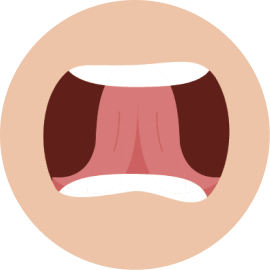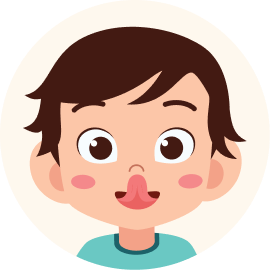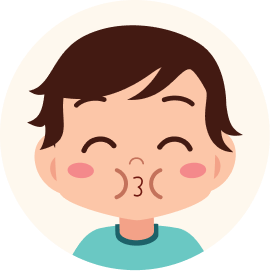Welcome to your myo prep exercises!


Designed by
Laura Eckhardt, OMT, COM
& Brittny Murphy, RDH, BS, COM, QOM
We’re happy to have your family as part of the crew!
These simple, playful exercises are designed to help kids (and parents) strengthen the muscles that support breathing, speech, and healthy facial growth. Watch the video below to learn how you can start building strong, healthy habits here.
















